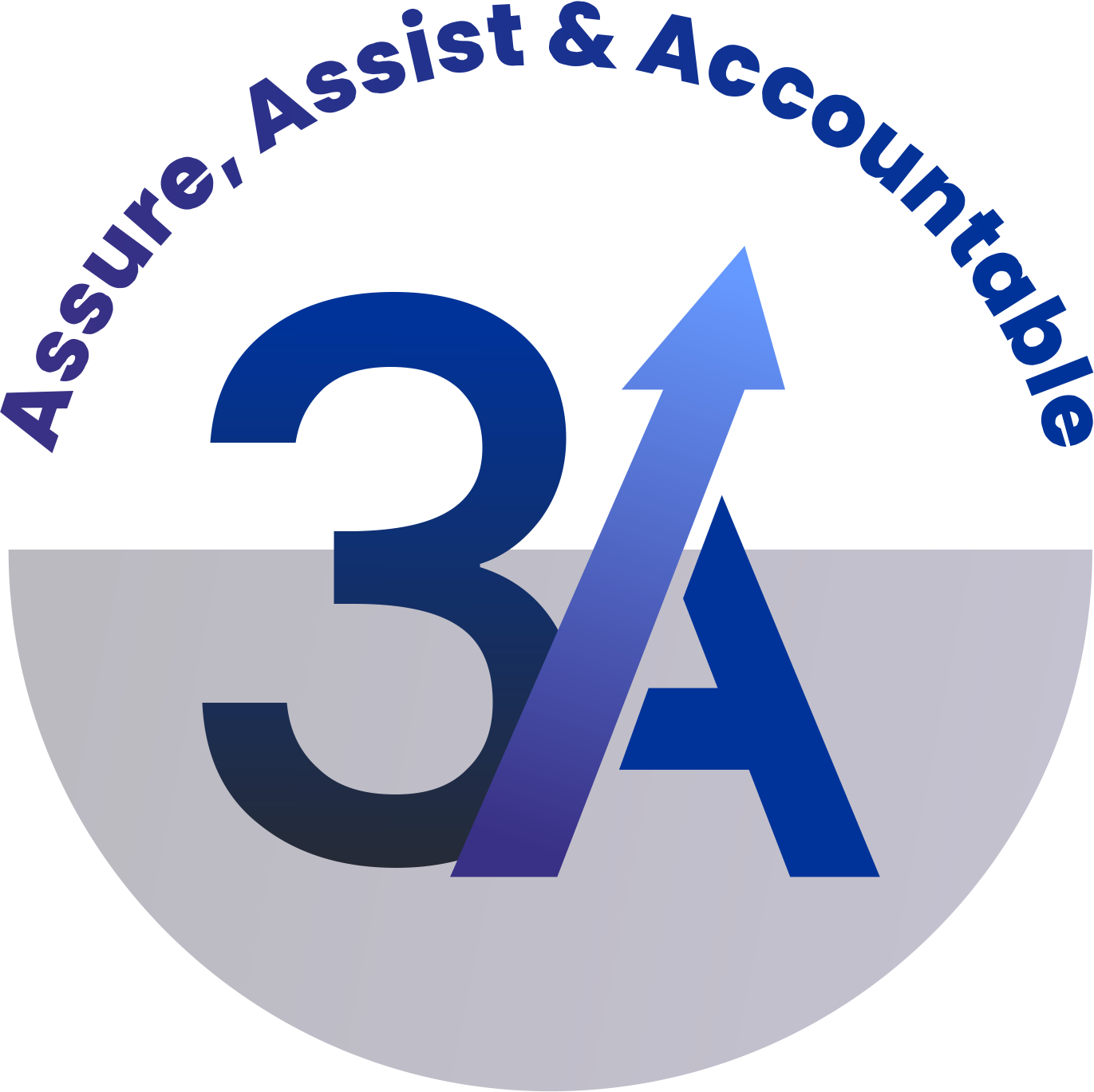These allowances are relics of older legal systems rather than active endorsements of early drinking. Elsewhere, Antigua and Barbuda permits 16-year-olds to drink in the presence of parents. Most countries, however, have moved away from allowing under-16s legal access to alcohol, citing the established health risks to adolescent development. The consumption of alcoholic beverages before 21 has been linked to long-term health risks, including liver damage, mental health disorders, and academic decline. Additionally, early exposure to alcohol can also increase the risk of developing alcohol use disorder.
This age is often viewed as a threshold for adulthood, where individuals are expected to take accountability for their actions, including responsible drinking. However, the minimum legal drinking ages (MLDA) differ by country, with some nations allowing alcohol consumption as early as 16, while others restrict it until 21 or even prohibit it entirely. This article explores the history of the legal drinking age in the United States, the youngest drinking ages worldwide, and the current global landscape of alcohol laws. In the United States, the minimum legal age to purchase alcoholic beverages has mainly been 21 years of age since shortly after the passage of the National Minimum Drinking Age Act in 1984. The two exceptions are Puerto Rico and the Virgin Islands where the age is 18. The legal drinking age varies by state, and many states have no age requirements for supervised drinking with one’s parents or legal guardians.
MLDA Impact
In many cases, this age applies to the purchase of alcoholic beverages in public settings. When examining alcohol laws in Africa, one can observe the vast diversity across the continent. For instance, in South Africa, the legal drinking age is set at 18, promoting a culture of legal compliance. However, in other nations like Uganda, where the drinking age is also 18, traditional practices may lead to practices contrary to the law. In some areas, supplementary cultural traditions and tribal rites involve alcohol consumption, often intertwining this aspect of adulthood with heritage and community practices. Such complexity can challenge the effectiveness of enforcing a legal age, highlighting a dichotomy between established law and societal norms.
- The United States (except Puerto Rico and Virginia’s Island) and 19 other countries, especially Asian countries, have the highest set MLDA.
- The legal drinking age is the minimum age at which a person can legally consume alcoholic beverages.
- In South America, the drinking age also reflects a mix of cultural attitudes and legal frameworks.
- The age limit can differ dramatically from country to country and can have separate rules for consumption and purchase of alcohol.
- As far as buying alcohol, you can make your purchase just about anytime of the day or night at convenience stores in Japan.
The country also has experienced greater penalties for drinking on the street as of 2020. In Florence, Italy, where they don’t sell alcohol in stores past 9pm, they issue fines of €500. If you are traveling or studying in Italy, you might need to know what the drinking age is there. Youth ages 16 and over can purchase alcohol with the appropriate identification. Children 16 and 17 years old can receive wine from a parent, but they cannot buy it themselves at a restaurant. In this case, the permission applies to drinking while a meal is served, which usually is how alcohol is consumed when families drink together.
Drinking Age by Country
The territory held out even after the National Minimum Drinking Age Act of 1984 came into effect. Before 1984, the age at which young people could buy alcohol varied by state even more so than when some states raised it to 21. Children can enter a pub, tavern or similar establishment accompanied by a parent if under 16 or 17 years old. However, they must be at least 16 when with their elders to drink or by alcohol. This pertains to public consumption on “licensed premises.” Prince Edward Island, Alberta, British Columbia, Ontario and Saskatchewan allow serving to minors at home.
They are also allowed to drink alcohol for religious (i.e. during communion) or medicinal purposes. Many states also permit the drinking of alcohol under the age of 21 for religious or health reasons. Health is the state of physical, mental, and social well-being, and not merely the absence of disease or infirmity. This category includes metrics such as life expectancy, infant mortality rate, disease prevalence, and access to healthcare.
- Established nationally in 1984 with the National Minimum Drinking Age Act, the US chose a higher threshold in response to drunk-driving fatalities and public safety concerns.
- This is different than much of the rest of the world staying at home this year.
- In many cases, this age applies to the purchase of alcoholic beverages in public settings.
- In a world where customs and laws vary widely, the legal drinking age stands as one of the most debated and diversified policy areas globally.
About the Author: American Craft Beer
The Minimum Drinking Age in France is 18 for purchases and consumption of all alcoholic beverages. As of 2009, French teenagers could still buy wine, beer, and other fermented beverages at 16. Several other countries, including Bahrain, Qatar, the UAE, Egypt, Indonesia, Malaysia, Sri Lanka and various Pacific islands, also opt for 21, often driven by religious or cultural attitudes. While 21 is stricter than the global average, it remains common in societies seeking to delay youth drinking as long as possible. Malta is unusual in having set its legal drinking age at 17 since 2009, when it was raised from 16. It represents a compromise, designed to curb school-age drinking without removing what had become a social norm.
Is Australia A Country Or A Continent?
This doesn’t mean young children are legally downing spirits in public; cultural norms and parental supervision still play a drinking ages around the world significant role. But the absence of legislation leaves the decision largely in the hands of vendors and social custom. On the other end of the spectrum, Eritrea does not permit anyone to drink alcoholic beverages until the age of 25.
Each of the states has separate laws that apply to the consumption of alcohol. Countries that have a drinking age of 18 include Argentina, Australia, Bahamas. Drinking in public places, with the exception of designated drinking zones, is prohibited regardless of age. Puerto Rico, a territory of the United States, has maintained a drinking age of 18.
The legal drinking age varies widely, shaped by a confluence of social values, health concerns, and cultural traditions. From the relaxed regulations in certain cultures to the stringent norms in others, understanding these laws helps us appreciate the complexities of alcohol consumption worldwide. Cambodia, Burkina Faso, and Sierra Leone, for example, have no formal minimum age for alcohol consumption or purchase. In these cases, informal social norms often dictate behavior more than government regulation. For example, Armenia, Cambodia, and Morocco do not legally restrict the age at which individuals may consume alcohol, although restrictions on purchasing alcohol may still apply. In practice, this means that many young people can access alcohol relatively freely, though cultural norms and enforcement vary.
These codes also control the content shown on radio and TV or in print or on outdoor signs featuring advertisement. The Responsible Alcohol Marketing Code also regulates the way adult beverages are promoted on social and digital media. While the numbers may vary — 16, 18, 21, or even no minimum at all — each system carries its own logic. The United States has enforced 21 nationwide since 1984, credited with reducing drink-driving fatalities but still debated domestically. The rule means Americans can vote, marry and serve in the military at 18, but cannot legally buy alcohol for another three years. Many European countries, including Germany, Austria, Denmark, Belgium, Luxembourg and Switzerland, allow 16-year-olds to purchase beer and wine.
The 10 Most Densely Populated Countries In The World
Crime and safety are important factors that can impact social, economic, and political stability. This category includes metrics such as homicide rate, robbery rate, incarceration rate, and police-to-citizen ratio. During the year when most people were expected to stay home worldwide because of the Covid-19 quarantines, alcohol use still declined.
For many young people, reaching the legal drinking age marks a significant milestone. Here’s a breakdown of the minimum legal drinking ages of some countries across the globe. Keep in mind that some countries have no official minimum, while others make exceptions for private use or certain alcohol types.
On February 18, 2020, the German Government stated that they will not raise the drinking age to 18. Instead, the government responded to the Green Party’s concerns by advocating responsible alcohol use, which they believe is working. This calculates close to what the United States constitutes as being “a drink.” It’s usually measured as approximately 12 ounces of beer, 4 ounces of wine or a shot of hard liquor.
Alcohol consumption varies significantly between countries, as does the legal drinking age. In the United States, one must be at least 21 years of age or older to purchase or consume alcoholic beverages (with very few exceptions in some jurisdictions). Just to the north of the U.S. is Canada, which has a legal drinking age of 18 to 19, and the drinking age is far lower in many other nations. Conversely, in a few nations (typically under strict Muslim rule), drinking is outlawed entirely. In a world where customs and laws vary widely, the legal drinking age stands as one of the most debated and diversified policy areas globally. The legal drinking age is the minimum age at which a person can legally consume alcoholic beverages.

